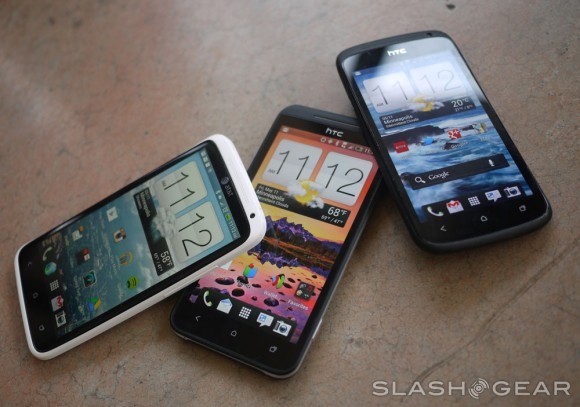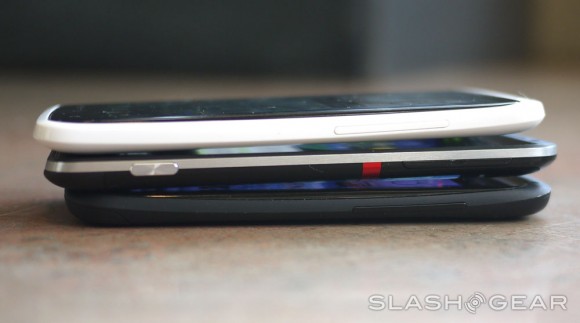HTC EVO 4G LTE Vs HTC One X
Now that the HTC EVO 4G LTE and the HTC One X have been released from customs – or so we've heard – we can start deciding which one we really want when we head to the store this week. What we've got here are two devices of the same mind, each with a 4.7-inch display, the same Qualcomm Snapdragon S4 dual-core processor, and what very much appears the be the same camera on the back as well. The big difference then lies not in the hardware, but in the carrier – and with LTE on both devices, it might be a tough call – right?
Wrong – at the moment the AT&T 4G LTE network is spreading at a relatively high rate while the HTC EVO 4G LTE has just Baltimore and Kansas City to call its own for 4G – and that's it. AT&T's LTE, not to mention the rest of its data network on 3G and below, have worked a whole lot more reliably than any connection on the EVO 4G LTE – have a peek at our reviews of both devices we're looking at at this point to get an idea of what the carriers have provided us as far as data coverage across the nation:
Then make sure to keep up with the HTC One S as well, if you're up for it. This smartphone contains a whole lot of the same awesome specifications that these other two titans do, but it's a bit smaller for those of you with human sized hands. Consider the fit!
Then back to the main competition – the HTC EVO 4G LTE has a 1280 x 720 pixel resolution display, that being the same as the HTC One X, both of them with a fabulous 312 PPI in the end. The difference between these two in their displays though is the Super LCD technology in the EVO with just LCD tech in the X. Have a peek at the difference in the straight-on photos above and below (they're all taken with full brightness on all screens.)

The EVO has the ability to carry microSD cards in its one slot with 32GB capacity, while the X has no storage and 32GB built-in. The EVO then has 16GB built-in which allows it to have up to 48GB of storage in all. The HTC One X weighs a bit less than the EVO (though both sit right around the X's 130g, light!) To keep up with its slightly brighter display (we must assume,) the EVO has a bigger battery, with 2,000mAh instead of the X's 1,800mAh.
Hands-on with the HTC EVO 4G LTE:
Hands-on with the HTC One X with AT&T:
[vms 909020c28b26ca3a13cb]
Both devices run Android 4.0 Ice Cream Sandwich, both run HTC's own Sense 4.0, and both are extremely well put together. The EVO has a dedicated camera button where the X does not, the X comes in white while the EVO just comes in red/black, and both devices will end up costing you a bit over $150 if you can grab the right weekend deal. In this battle now more than ever you're going to have to consider the data speed. If we had to choose solely based on data, we'd choose the HTC One X without question.
On the other hand, if we had to choose based solely on the amount of kickstand either device had, we'd have to go with the EVO – last kickstand in the west!








